Business needs for the next 5-10 years require 5G to provide higher rates
As the main candidate technology of IMT2020, 5GNR is rapidly advancing under the unified coordination of 3GPP. According to the plan, the first 5G standard will be frozen this year, which will provide operators with a feasible solution for initial deployment of 5G.
5GNR is the abbreviation of 5G New Radio. It is the hottest research and development focus of today's communication industry. In addition to competition among enterprises, the competition between industrial policies between countries and countries is fierce. The spectrum is the battlefield for direct confrontation.
It seems that 5G is 1G more than 4G. In fact, 5G's feelings can be much larger than 4G. It can be said that 4G is still in the final stage of quantitative change, and 5G has undergone qualitative changes. According to what is now popular, a "structural" change has taken place.

In addition to improving the user experience and further reducing traffic costs in the mature business model of traffic consumption (eMBB), 5G is also targeting the Internet of Things and vertical industries, including the mass media communication type (Mmtc) IoT and mission-critical (uRLLC) business. See the following figure for ITU's description of the type of business for IMT2020 technology:
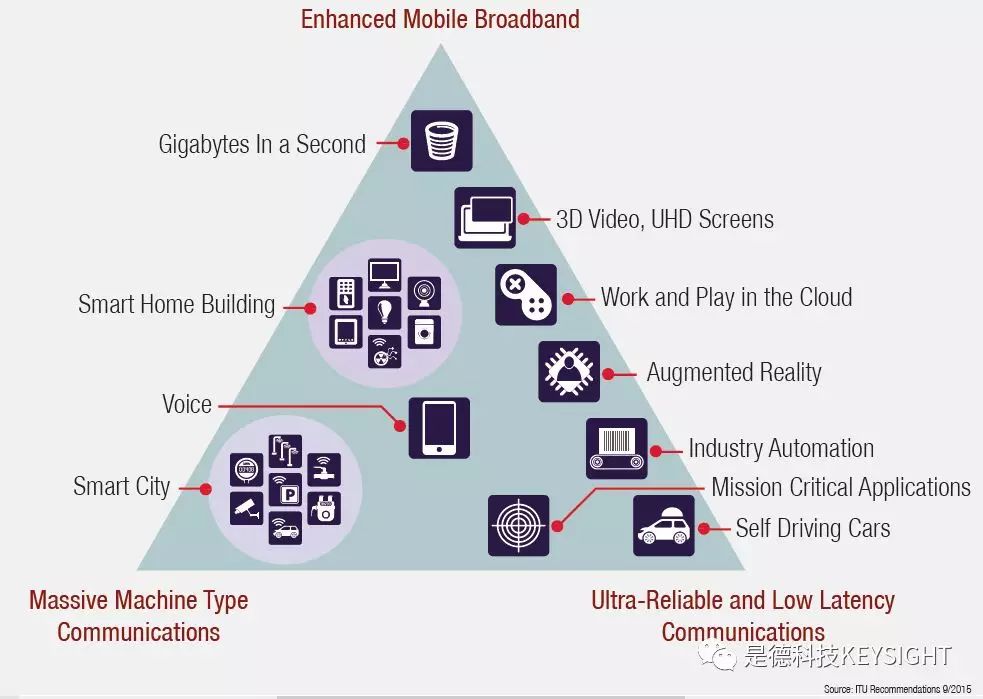
Source: ITU Recommendations09/2015
The first version of the 5GNR standard (3GPP Release 15) will support Enhanced Mobile Broadband (eMBB) and is also planned to support partial URLLC functionality, which will likely be included in the second edition of the 5G NR standard.
New spectrum and new bandwidth introduce more signal quality issues
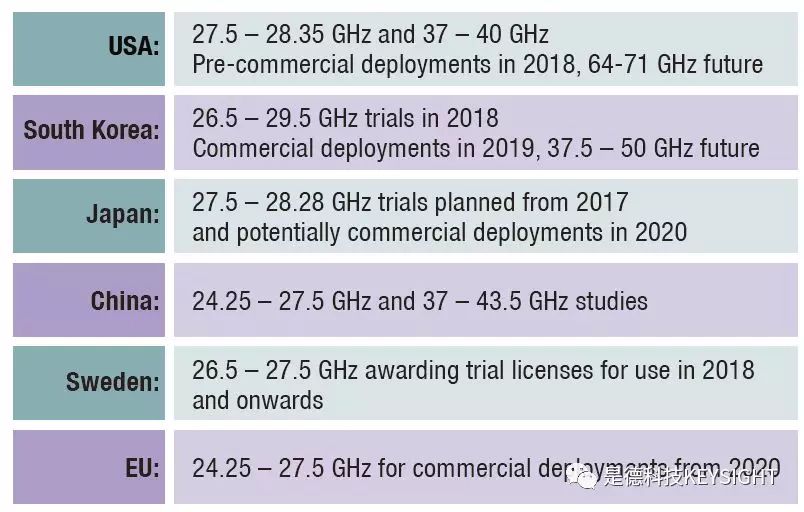
Source: GSA Report Feb 2017
The business needs of the next 5-10 years require 5G to provide higher speeds, such as online games, streaming content distribution, etc. Due to the limitations of 4G technology, it can only provide image quality at lower resolutions, if you are a mobile game Enthusiasts, even if they can tolerate the jagged sense of the picture, will not tolerate the regret that others have already put your game character PK out while you wait for the card. The mobile phone signal is good, the delay is usually in the tens of milliseconds, and there is still a noticeable delay. When most people realize this, 5G is coming.
In order to achieve higher speeds and lower latency, 5G plans to use larger bandwidth signals and higher spectrum. Up to now, the global spectrum range defined by 5GNR Release 15 has reached 52.6GHz, and more spectrum is sought in the 100GHz range. And the subcarrier bandwidth has been as high as 400MHz, and it is also possible to achieve greater bandwidth by carrier aggregation. At the same time, the degradation of signal quality due to problems such as path loss, flatness, phase noise, linearity, etc. is a difficult and challenging problem that 5G must correct.
Advanced beamforming technology requires system level design
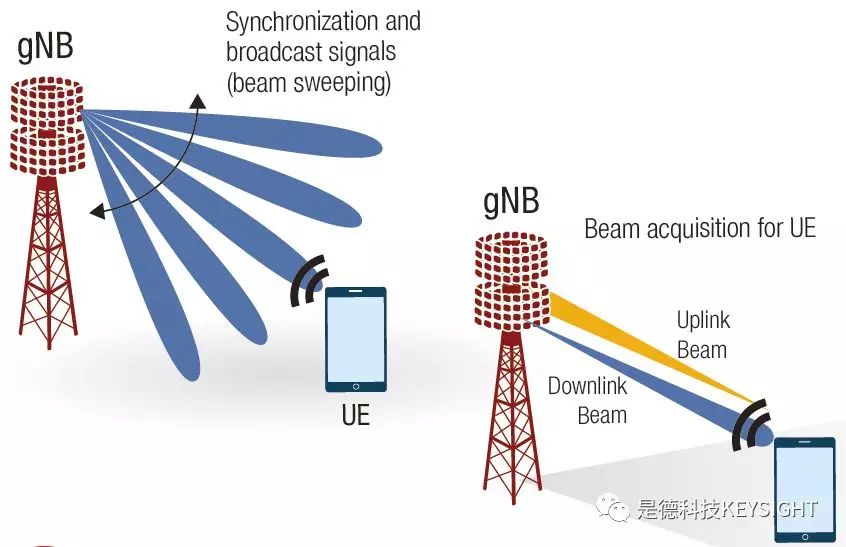
In order to further improve the spectrum efficiency and overcome the propagation loss, 5G large-scale antenna base stations generally adopt beamforming technology. The base station needs to find the mobile phone through beam scanning, and then establish a service interaction between the mobile phone and the base station through the service beam signal. This is a very attractive design, and of course it is very complicated to implement. Whether the beam uses the same frequency or different frequency, beam parameters, signal quality, end-to-end performance, OTA RF performance, etc. seems to be a few simple problems, in fact, from the system design and simulation stage must be considered, a successful system design can significantly reduce Risks at all stages of the product life cycle.
Waveforms and variable parameter sets affect signal peak-to-average ratio
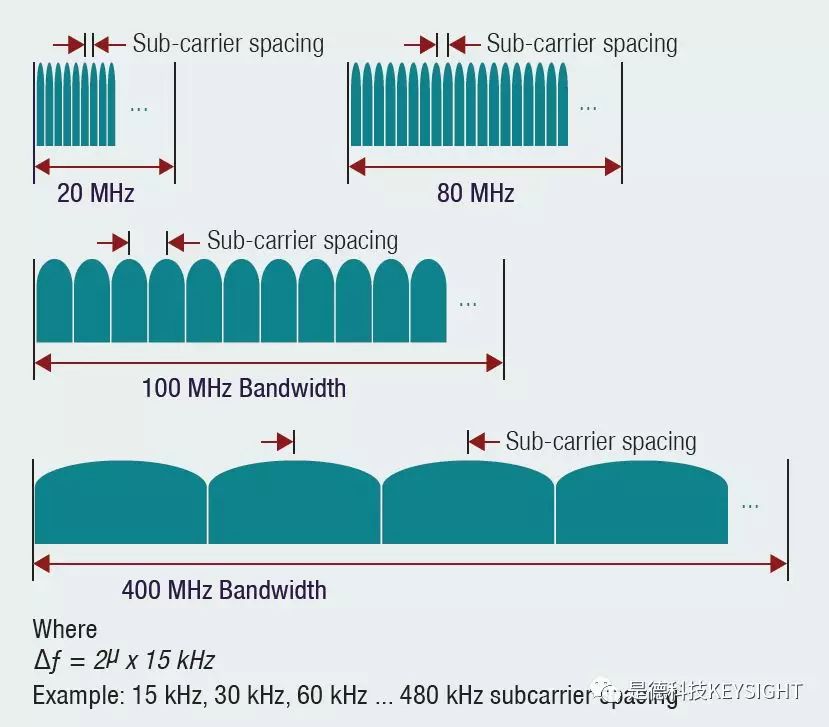
5G NR Release 15 uses CP-OFDM waveforms and can adapt to flexible and variable parameter sets. Variable parameter sets can multiplex services of different levels and delays and allow for larger subcarrier spacing in the millimeter wave band. Since the signal no longer maintains orthogonality, the problem of large peak-to-average ratio and subcarrier interference is introduced. In the uplink channel, the UE's transmit power is limited and the power efficiency requirements are high, so the DFT-S-OFDM waveform is used to reduce the peak-to-average ratio of the signal.
Millimeter wave requires OTA test
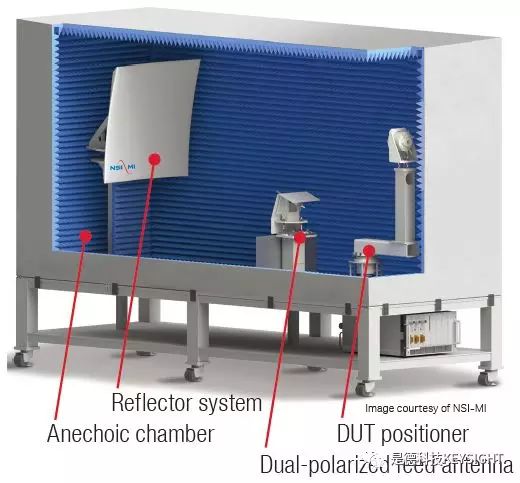
The 5G frequency band is extended to millimeter waves. When enjoying the advantages of large millimeter wave bandwidth and rich spectrum resources, it also faces the problem that traditional test methods are no longer applicable. Typically, the millimeter wave base station, the antenna and the chip are integrated, and the antenna array spacing is on the order of millimeters, which can no longer be applied to the conduction test in the frequency band below 6 GHz, and the new OTA air interface test is imperative. An economical compact field solution provides a good choice for 5G low cost testing.
Coexistence interference problem of dual-connected, multi-standard signals
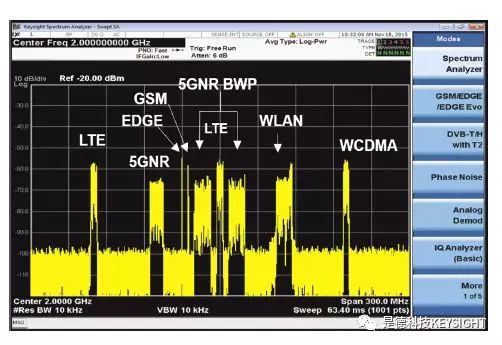
In the early stage of 5G, it faces the use scenario of coexistence and simultaneous connection with the LTE system. After 5G commercial, the signals of 3G, 2G, Wifi, BT and so on still exist for a long time. Due to spectrum fragmentation, the problem of signal coexistence interference becomes more and more obvious. For harmonics, spurs, adjacent channel interference and other issues, it is necessary to strengthen monitoring and evaluation.
Changes in the core network - intelligent, cloud, virtualization

The 5G service types are more diverse, and the core network needs to be more flexible, intelligent, and reconfigurable. 5G network slicing technology is used to cope with service diversity and reduce network costs, enabling operators to dynamically optimize network parameter configuration for a certain service or region, thereby improving network capabilities and improving the real user experience. Cloud RAN centralizes baseband processing in the cloud and is very effective for dynamic optimization of power consumption and network capacity.
5G innovation is still on the road
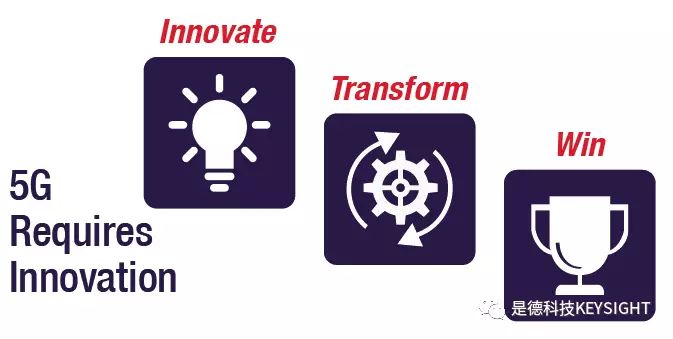
The structural changes of 5G push wireless networks to a broader business scenario. Large-scale antennas, beamforming, millimeter-wave techniques, and network slicing are all new technologies introduced to address new business needs. However, 5G's road to innovation has not stopped. 5G will continue to introduce new technologies for new business needs and new business models brought about by the future 10 years of social progress, and this will bring great opportunities to our communication people. .
Watch & Apple Airtag Screen Protector
TPU Watch Screen Protector, Transparent ​Watch Screen Protector, Watch Screen Protector Case, Apple Watch Case, Apple Watch Case Protector, Apple Watch Protective Case
Shenzhen Jianjiantong Technology Co., Ltd. , https://www.jjtphonesticker.com